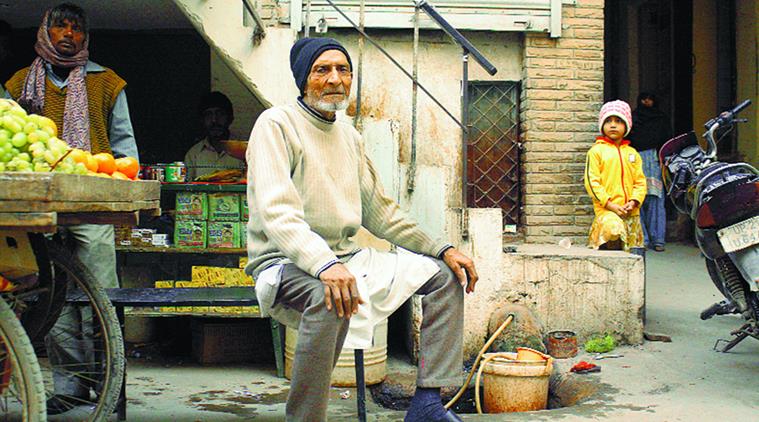
But first, we are going to eat breakfast,'" Malhotra said. "This Sikh gentleman says, "Come, come in. Rabbani explained he lived there before Partition.

When he knocked on the door, a Sikh man answered. "He was very emotional about where he came from, so much so that 25 years after partition, he went back to Jullundur to see his house," she said. One of her favourite chapters in the book is the story of Mian Faiz Rabbani, who grew up in Jullundur and now lives in Lahore, Pakistan. " were carried across the border and they are physical traces of home, but they are both given very different value," said Malhotra. As sectarian tensions escalated, and riots broke out, young girls in her community were told to always carry chili pepper to fling in the eyes of an attacker - and to always carry a knife.īhag Malhotra's mother brought this hair ornament across the border with her in 1947. One of the objects she brought with her was a small foldable knife that was given to her for self-protection. Malhotra interviewed some of her own relatives, including her grandmother Bhag Malhotra, who came from what is now Khyber Pakhtunkhwa Province in Pakistan. Because to know stories, actual stories from both sides of the border, you have to unlearn as much as is possible." Bhag Malhotra "Through the course of research for this book, a lot of things that are ingrained within me, I had to shed. The problem with that is that silence gives rise to prejudice," she said. "For a lot of people who witnessed partition, what they saw receded into a silence within them. At least 2,000 people were killed and over 4,000 injured.

Policemen in Calcutta use tear gas bombs during communal riots in the city. The stories of the objects became an entry point for talking about a larger history - one that is often obscured by silence. She began the interviews for her master's thesis at Concordia University in Montreal, then turned them into a book. But, 'You took this earring with you? Oh, wow.'" "But how can you possibly sit across from somebody and be so direct as to ask, 'Tell me about your most vulnerable, dramatic memory?'" she said. More than a million died.Īt first, Malhotra told The Sunday Edition's host Michael Enright, asking people about what they took with them felt "petty and insignificant, when compared to the mammoth trauma they might have witnessed." In 1947, after independence from Britain, the creation of Pakistan, and an explosion of sectarian violence,14 million people were forced to leave their homes.


Aanchal Malhotra says it alarms her how many languages she's learned to say the word "things" in.įor her book Remnants of Partition: 21 Objects from a Continent Divided, the artist and oral historian interviewed survivors of the Partition of India about the physical objects they took with them as they fled in both directions.


 0 kommentar(er)
0 kommentar(er)
